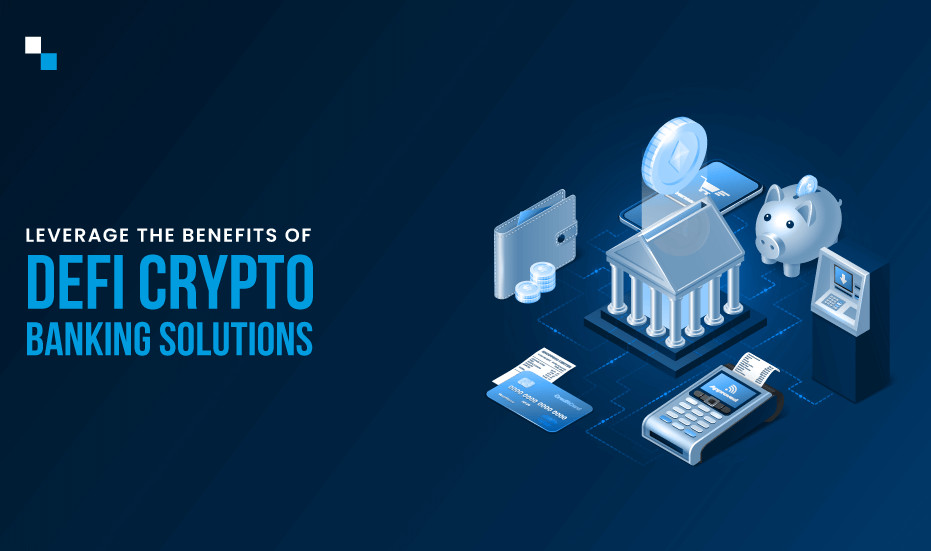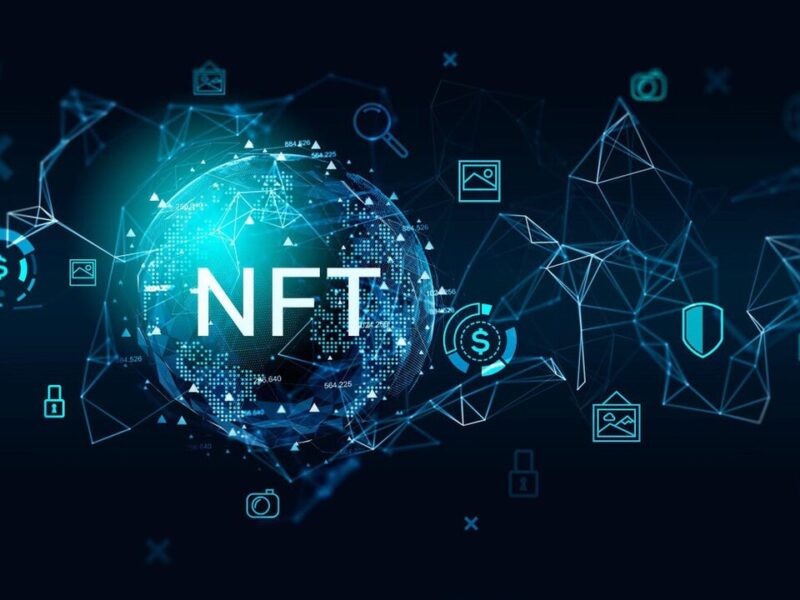Decentralized Finance, commonly known as DeFi, has emerged as a revolutionary force in the financial sector, offering alternatives to traditional banking services through blockchain technology. By eliminating intermediaries, DeFi platforms provide users with direct access to financial services such as lending, borrowing, and trading. This article explores the growth of DeFi, its core components, and the potential challenges it poses to conventional banking systems.
The Growth of DeFi
Over the past few years, DeFi has experienced exponential growth. Platforms like Uniswap, Aave, and Compound have become household names among crypto enthusiasts, facilitating billions in daily transactions. The total value locked (TVL) in DeFi protocols has surged, reflecting increased user trust and participation. This growth signifies a shift towards decentralized financial ecosystems, where users have greater control over their assets.
Core Components of DeFi
Decentralized Exchanges (DEXs): Platforms like Uniswap enable peer-to-peer trading of cryptocurrencies without the need for intermediaries, offering users privacy and control over their assets.
Lending and Borrowing Platforms: Protocols such as Aave and Compound allow users to lend their crypto assets to earn interest or borrow against their holdings, providing liquidity and investment opportunities.
Stablecoins: Cryptocurrencies like DAI and USDC are pegged to stable assets like the US dollar, offering a haven against market volatility and facilitating everyday transactions within the DeFi ecosystem.
Impact on Traditional Banking
The rise of DeFi presents both opportunities and challenges for traditional banks:
Competition: DeFi platforms offer services similar to banks but with lower fees and greater accessibility, potentially drawing customers away from traditional financial institutions.
Innovation Pressure: Banks may need to innovate and integrate blockchain technology to keep up with the evolving financial landscape and meet the demands of tech-savvy customers.
Regulatory Challenges: The decentralized nature of DeFi poses challenges for regulators accustomed to overseeing centralized entities, necessitating new frameworks to ensure consumer protection without stifling innovation.
Conclusion
DeFi is reshaping the financial industry by offering decentralized, transparent, and accessible financial services. While it presents challenges to traditional banking, it also opens avenues for collaboration and innovation. As DeFi continues to evolve, its integration with mainstream finance could lead to a more inclusive and efficient financial system.


